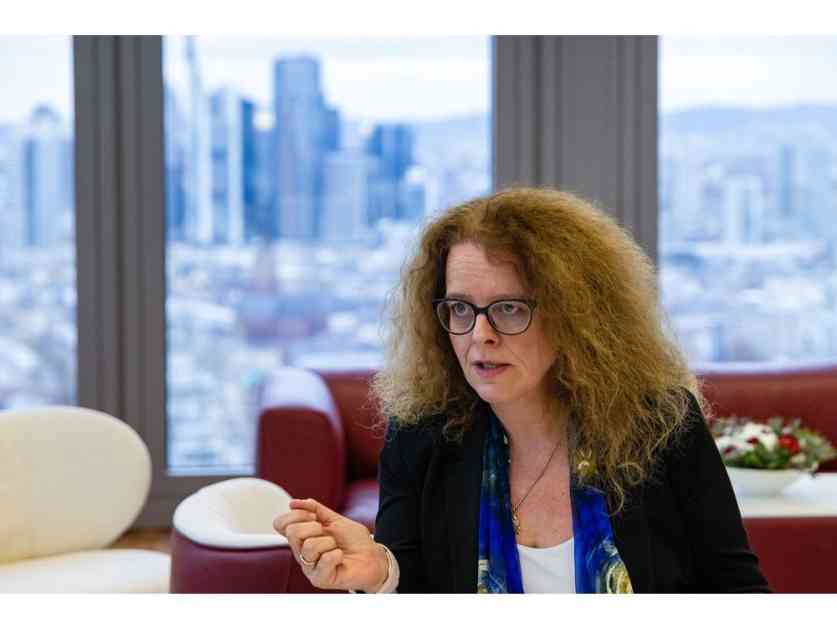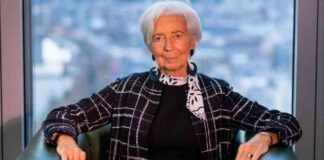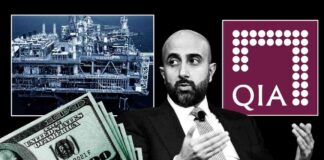The European Central Bank is being advised to proceed with caution when it comes to making decisions about interest rates, according to Executive Board member Isabel Schnabel. She believes that a steady approach is necessary in the current economic climate. Schnabel’s comments come at a time of uncertainty due to factors such as the impact of US President Donald Trump’s trade war and fluctuations in energy prices.
Who is Isabel Schnabel?
Isabel Schnabel is an executive board member of the European Central Bank. She recently shared her perspective on interest-rate movements and the overall economic outlook in an interview.
What is the European Central Bank Considering?
The European Central Bank is currently facing decisions about interest rates amidst economic uncertainties. Schnabel suggests that maintaining a steady hand and leaving rates at their current levels could help ensure price stability.
Why is Caution Needed?
With various factors affecting the economic landscape, including the US-China trade war and energy price fluctuations, it’s essential for the ECB to proceed with caution. Schnabel emphasizes the importance of assessing both short and medium-term impacts on inflation before making any significant changes.
How Does the Euro Factor In?
Schnabel also addresses the recent appreciation of the euro, stating that it should be seen as a positive indicator for the common currency. She believes that this presents an opportunity for Europe to strengthen the international role of the euro, emphasizing the need for a robust European bond market.
Why Common Securities Matter
In her remarks, Schnabel highlights the importance of common securities in Europe. She suggests that considering joint debt to finance public goods could be a viable strategy. By engaging in discussions about common securities, Europe may be able to further solidify its economic position.
Isabelle Schnabel’s Perspective
Isabel Schnabel’s insights shed light on the complexities of the current economic climate and the considerations that the European Central Bank must take into account. By urging caution and emphasizing the need for a steady approach, she offers a nuanced perspective on interest rates and inflation.
In conclusion, Isabel Schnabel’s comments underscore the importance of prudence and strategic decision-making in the face of economic uncertainties. By advocating for a steady hand and careful assessment of various factors, she provides valuable insights into the challenges and opportunities that lie ahead for the European Central Bank.






















